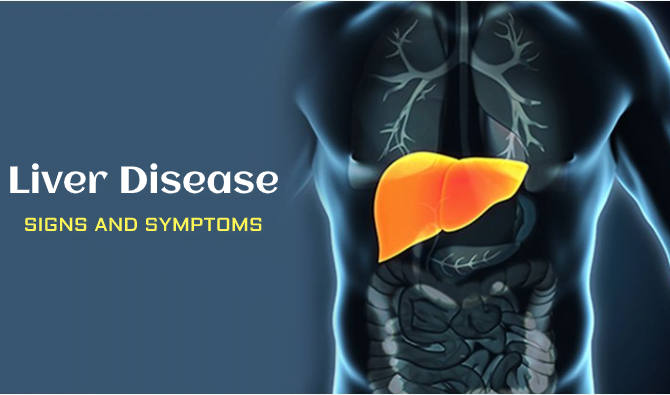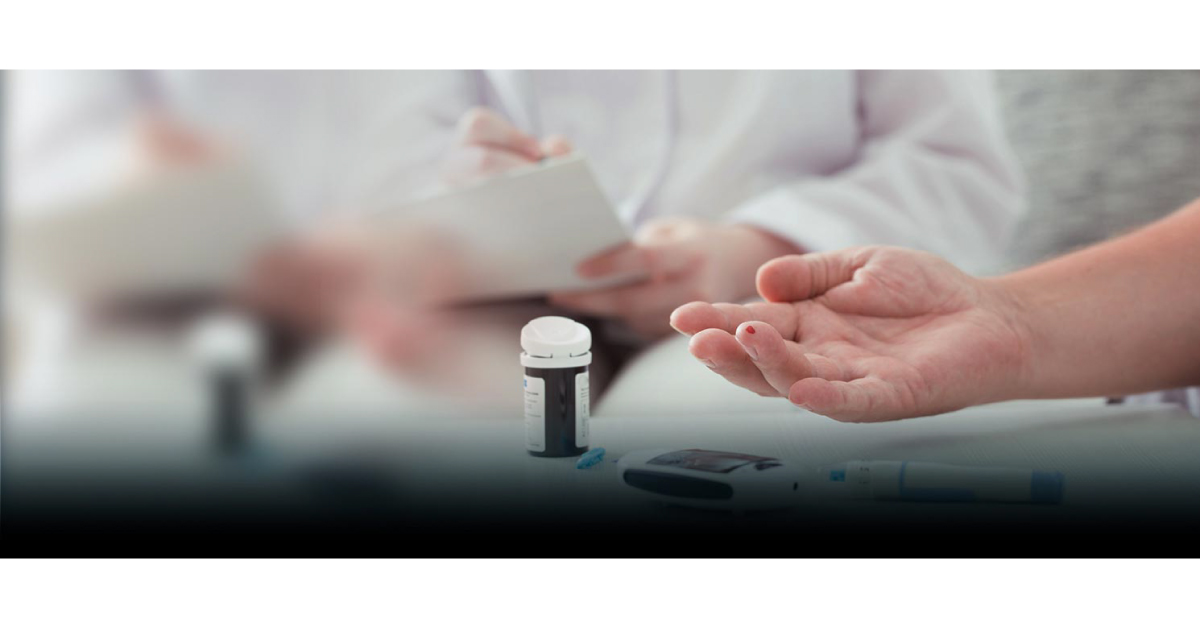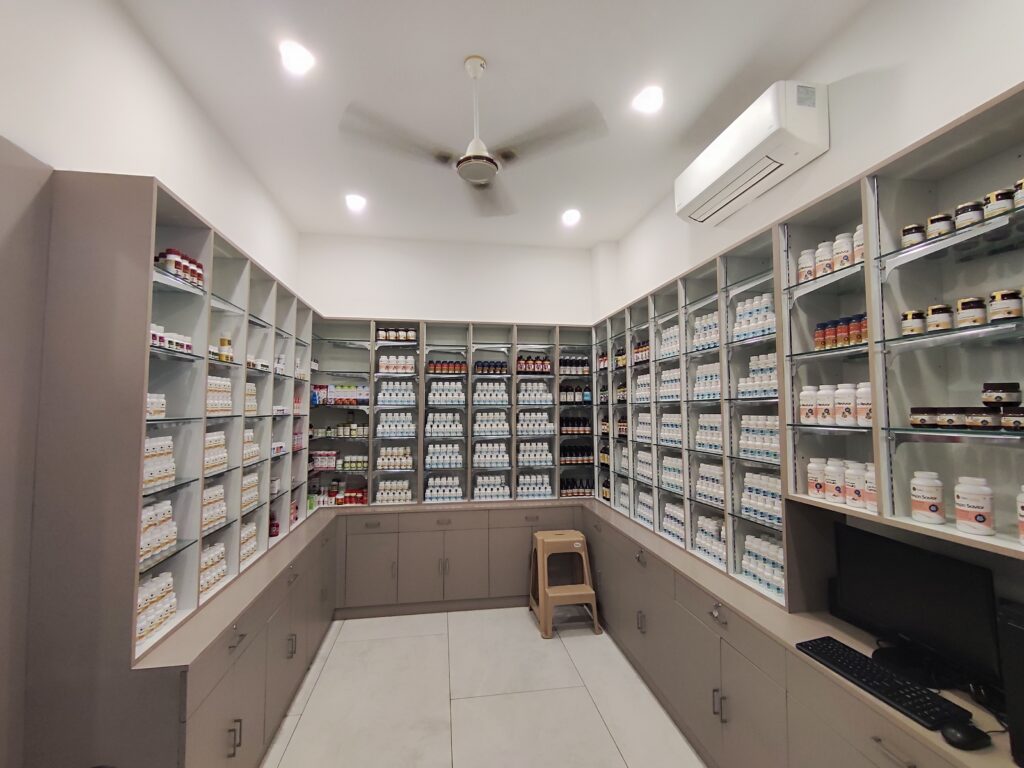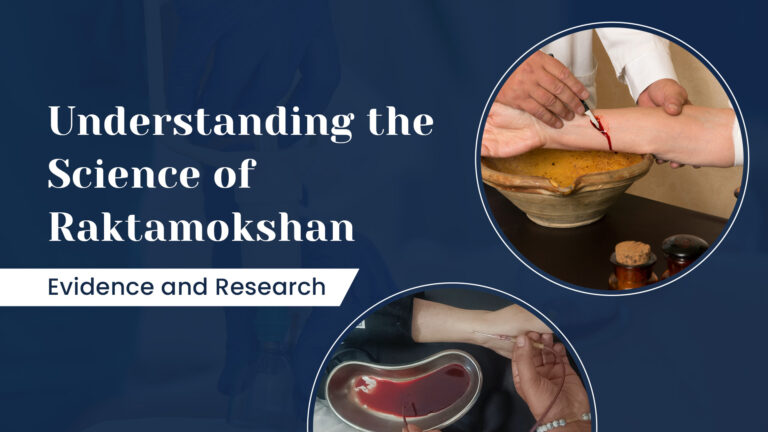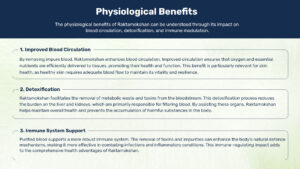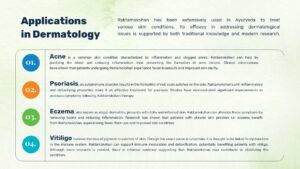Introduction to Raktamokshan
Raktamokshan, a fundamental therapy in Ayurveda, focuses on the purification of blood to promote health and treat various conditions. This ancient practice, which involves the removal of impure blood, has been used for centuries as an ayurvedic treatment for skin conditions. While its origins trace back to ancient texts like the Sushruta Samhita, its relevance and efficacy continue to be explored and validated through modern scientific research.
Theoretical Foundations
Ayurveda, the traditional system of medicine from India, is based on the concept of balance between the body’s three doshas: Vata, Pitta, and Kapha. According to Ayurvedic texts, an imbalance in these doshas can lead to the accumulation of toxins (ama) in the body, which can manifest as various diseases, including skin disorders. Ayurvedic treatment for skin conditions, such as Raktamokshan, or bloodletting, is one of the five purification procedures (Panchakarma) used to remove these toxins and restore balance.
The primary aim of Raktamokshan is to eliminate impurities from the bloodstream, thus preventing and treating diseases caused by these toxins. Ancient Ayurvedic scholars, such as Sushruta, Charaka, and Vagbhata, documented various techniques and benefits of Raktamokshan. They believed that by purifying the blood, one could achieve overall health and well-being.
Modern Scientific Perspectives
Modern science has started to explore and validate many of the claims made by ancient Ayurvedic practitioners regarding Raktamokshan. The fundamental principle of blood purification aligns with the understanding of how toxins and impurities can affect health. Contemporary research has provided insights into the mechanisms through which Raktamokshan works, supporting its use in various medical conditions.
One key area of focus has been the role of oxidative stress and inflammation in chronic diseases. Oxidative stress arises due to an imbalance between free radicals and antioxidants in the body, resulting in cellular damage. Inflammation, a natural response to injury or infection, can become chronic and contribute to various health issues, including skin conditions. By removing impure blood, Raktamokshan may help reduce oxidative stress and inflammation, promoting overall health.
Research Studies and Findings
Several scientific studies have been conducted to investigate the efficacy of Raktamokshan in treating various conditions. These studies have provided evidence supporting its benefits, particularly as an ayurvedic treatment for skin conditions.
Study 1: Raktamokshan and Psoriasis
A study published in the Journal of Ayurveda and Integrative Medicine explored the effects of Raktamokshan on patients with psoriasis. The study involved 50 patients who underwent Raktamokshan therapy over a period of three months. The results showed significant improvements in the severity of psoriasis symptoms, including reduced scaling, itching, and redness. The researchers concluded that Raktamokshan could be an effective treatment for psoriasis, possibly due to its ability to reduce inflammation and detoxify the blood.
Study 2: Raktamokshan and Eczema
Another study focused on the use of Raktamokshan for treating chronic eczema. Published in the International Journal of Ayurveda Research, this study involved 30 patients with chronic eczema who received Raktamokshan therapy. The findings indicated that the therapy led to a marked reduction in symptoms, such as itching and skin lesions. The researchers attributed these improvements to the anti-inflammatory and detoxifying effects of Raktamokshan.
Study 3: Leech Therapy in Raktamokshan
Leech therapy (Jalaukavacharana) is a specific form of Raktamokshan that has gathered significant attention. A study published in the Journal of Evidence-Based Complementary & Alternative Medicine investigated the use of leech therapy in patients with varicose veins. The study found that leech therapy effectively reduced pain, swelling, and inflammation, highlighting its potential as a therapeutic modality. These findings support the broader application of Raktamokshan in treating inflammatory conditions.
Physiological Benefits
The physiological benefits of Raktamokshan can be understood through its impact on blood circulation, detoxification, and immune modulation.
•Improved Blood Circulation
By removing impure blood, Raktamokshan enhances blood circulation. Improved circulation ensures that oxygen and essential nutrients are efficiently delivered to tissues, promoting their health and function. This benefit is particularly relevant for skin health, as healthy skin requires adequate blood flow to maintain its vitality and resilience.
•Detoxification
Raktamokshan facilitates the removal of metabolic waste and toxins from the bloodstream. This detoxification process reduces the burden on the liver and kidneys, which are primarily responsible for filtering blood. By assisting these organs, Raktamokshan helps maintain overall health and prevents the accumulation of harmful substances in the body.
•Immune System Support
Purified blood supports a more robust immune system. The removal of toxins and impurities can enhance the body’s natural defence mechanisms, making it more effective in combating infections and inflammatory conditions. This immune-regulating impact adds to the comprehensive health advantages of Raktamokshan.
Applications in Dermatology
Raktamokshan has been extensively used in Ayurveda to treat various skin conditions. Its efficacy in addressing dermatological issues is supported by both traditional knowledge and modern research.
Acne
Acne is a common skin condition characterized by inflammation and clogged pores. Raktamokshan can help by purifying the blood and reducing inflammation, thus preventing the formation of acne lesions. Clinical observations have shown that patients undergoing Raktamokshan experience fewer breakouts and improved skin clarity.
Psoriasis
Psoriasis, an autoimmune disorder, results in the formation of red, scaly patches on the skin. Raktamokshan’s anti-inflammatory and detoxifying properties make it an effective treatment for psoriasis. Studies have demonstrated significant improvements in psoriasis symptoms following Raktamokshan therapy.
Eczema
Eczema, also known as atopic dermatitis, presents with itchy and inflamed skin. Raktamokshan can alleviate these symptoms by removing toxins and reducing inflammation. Research has shown that patients with chronic skin problem i.e. eczema benefit from Raktamokshan, experiencing fewer flare-ups and improved skin condition.
Vitiligo
Vitiligo involves the loss of pigment in patches of skin. Though the exact cause is uncertain, it is thought to be linked to dysfunction in the immune system. Raktamokshan can support immune modulation and detoxification, potentially benefiting patients with vitiligo. Although more research is needed, there is informal evidence suggesting that Raktamokshan may contribute to stabilizing the condition.
Safety and Effectiveness
Raktamokshan is generally considered safe when performed by qualified practitioners. However, like any medical procedure, it carries certain risks and precautions.
Safety Considerations:
Contrary to misconceptions, Raktamokshan is a safe and well-tolerated procedure when performed by trained practitioners using sterile techniques. Unlike conventional bloodletting practices of the past, which carried significant risks of infection and excessive blood loss, modern Raktamokshan procedures prioritize patient safety and minimize discomfort.
Effectiveness
The effectiveness of Raktamokshan has been demonstrated through various clinical studies and patient outcomes. Its benefits in treating skin conditions, reducing inflammation, and enhancing overall health are well-documented. However, individual responses to the therapy can vary, and it is important to tailor the treatment to each patient’s specific needs.
Integrating Raktamokshan into Modern Medicine
Raktamokshan can be integrated into modern medical practice to offer a comprehensive approach to health and wellness. Combining Ayurvedic therapies with conventional treatments can enhance patient outcomes and provide holistic care.
• Complementary Therapy
Raktamokshan can complement modern dermatological treatments, such as topical medications and phototherapy. By addressing the underlying causes of skin conditions, Raktamokshan can enhance the effectiveness of conventional therapies.
• Holistic Approach to skin health
Integrating Raktamokshan into a holistic treatment plan can provide patients with a broader range of options for managing their health. This approach addresses the root causes of diseases and promotes overall well-being, aligning with the principles of both Ayurveda and modern medicine.
Conclusion
Ayurvedic blood purification for skin (Raktamokshana), an ancient therapy, holds significant potential in modern healthcare. Its theoretical foundations in Ayurveda are supported by scientific evidence demonstrating its effectiveness in treating various conditions, particularly skin disorders. By purifying the blood, improving circulation, and reducing inflammation, Raktamokshan offers a holistic approach to health and well-being. Integrating Raktamokshan into modern medical practice can enhance patient outcomes and provide a comprehensive approach to healthcare. For those seeking natural and effective solutions to skin problems, Raktamokshan stands out as a promising therapy backed by centuries of traditional knowledge and emerging scientific research.

